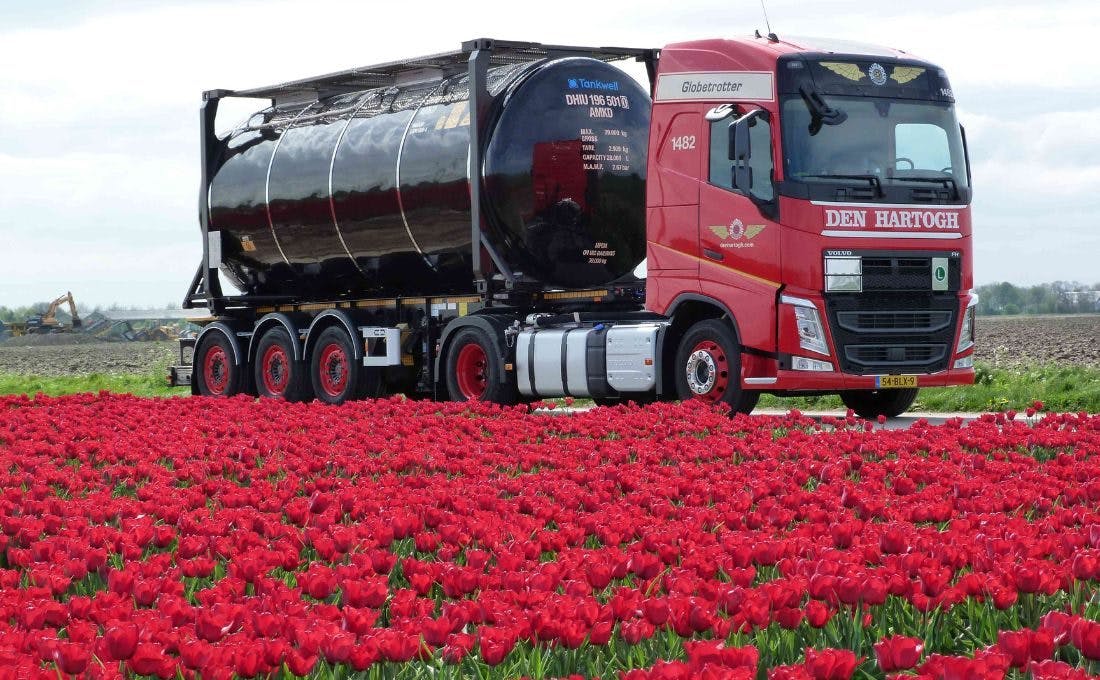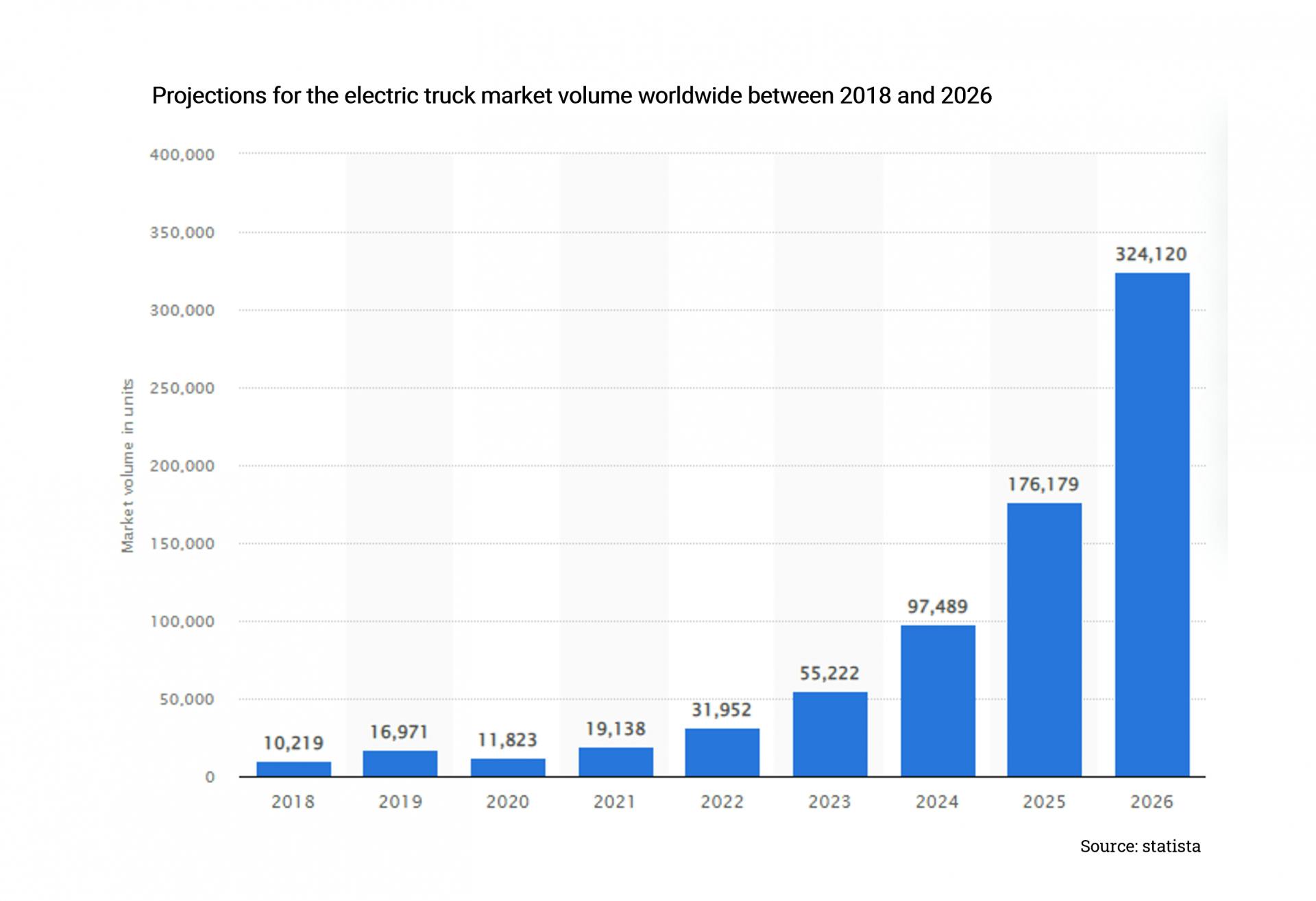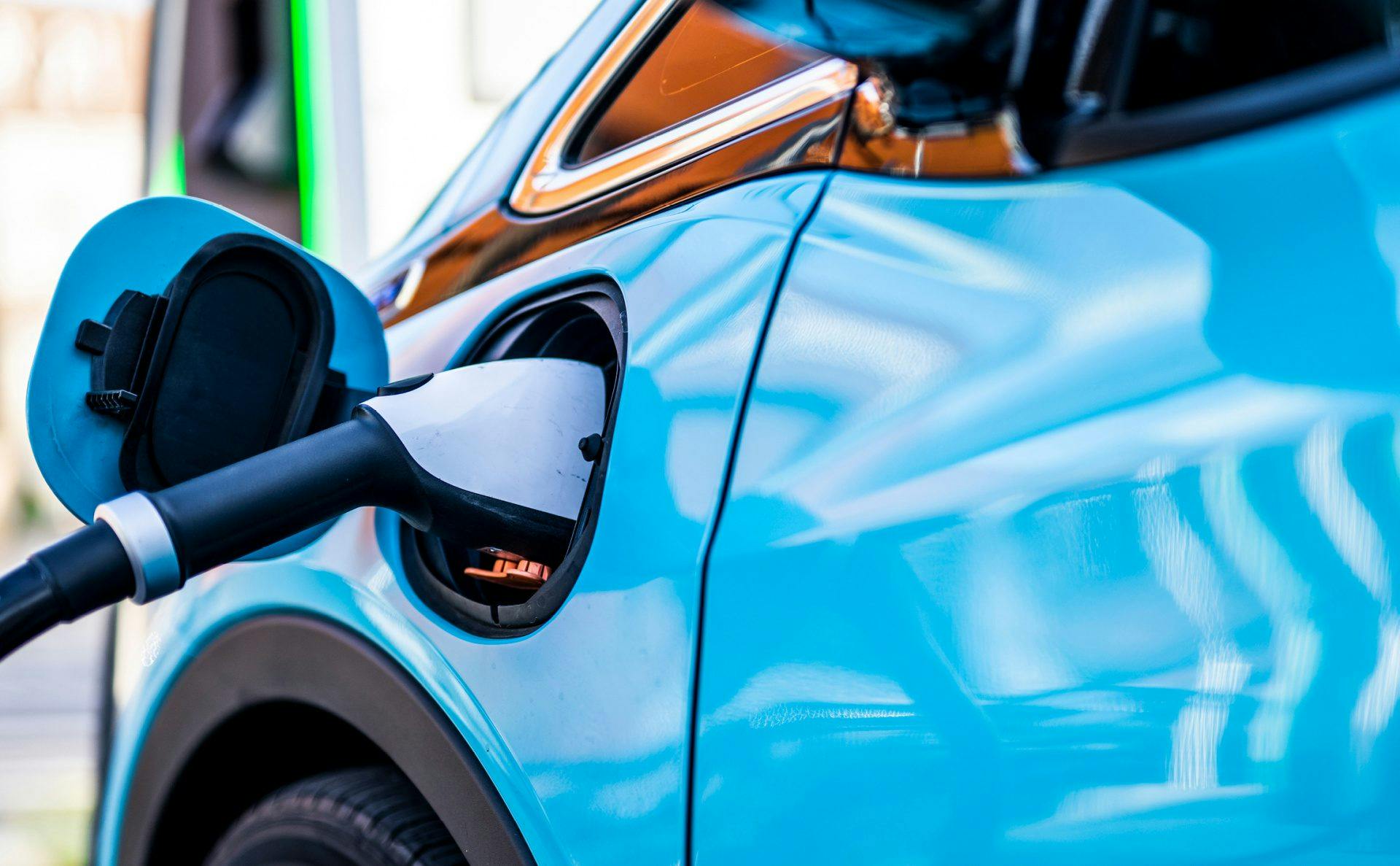Green logistics: what parameters to tweak to get the business case to work?
Read time: 5 minutesDen Hartogh Logistics is a global logistics provider specializing in bulk transportation for the chemical, gas and polymer, and dry food industries. As Luke van de Bunt, Network Planning Manager and member of the Sustainability Working Group at Den Hartogh Logistics is all too aware, implementing short-term sustainability improvements in logistics can be complicated: “If the rest of the industry is not ready, making the shift can be very hard. Everyone agrees that something must be done, that we have to work together and that everyone should do their part, but someone will eventually have to go beyond words alone. Strategic sessions help to chart a general course, but at some point you have to get going."
An interview with Luke van de Bunt, Network Planning Manager and member of the Sustainability Working Group at Den Hartogh Logistics

In 2021, family-owned Den Hartogh Logistics published the "Roadmap to SPECE," a five-year strategic plan based on the five pillars of safety, profitable growth, employee engagement, customer satisfaction and environmental sustainability. Or: eliminating accidents, doubling in size, happy employees and customers and greater sustainability. A separate strategy was developed for the latter pillar, which Van de Bunt contributed to and co-wrote. The goal: to cut carbon emissions by 25% by 2025 compared to 2019, and to achieve carbon neutrality by 2050 - in line with the Green Deal.

Luke van de Bunt, Network Planning Manager and member of the Sustainability Working Group at Den Hartogh Logistics
"You don’t always have to crunch the numbers and sculpt a perfect business case: you just have to take the plunge and do it."
Electric truck pilot
“We explored which measures would have the greatest impact to help us achieve our objective for 2025, and cutting carbon emissions produced by our own trucks was high up on the list”, Van de Bunt explains. "Half of Den Hartogh's total emissions come from trucking, so the impact of switching to EVs or hydrogen-powered trucks could potentially be enormous. We ran a pilot with an electric truck last year and learned a lot. You don’t always have to crunch the numbers and sculpt a perfect business case: you just have to take the plunge and do it. Pilots reveal surprising insights, like battery fear. A mathematical model can tell you exactly how many miles you should - theoretically - be able to drive on a full charge, but if the driver is not confident that they can get to their final destination with 30% capacity left, your calculations are pretty useless. Experimentation and experience will ultimately help overcome these practical hurdles.”
How can Den Hartogh leverage the power of data and math?
“We can do all the high-level calculations we want and conclude that electric trucks are more expensive than the diesel equivalent, but going one step further is much more interesting. What makes it more expensive and what parameters can we tweak to get the business case to work? If the battery were lighter, we could transport full payloads, just as we do now with diesel trucks. And what if the infrastructure of charging locations were a little denser? Tinkering and tweaking reveals what we should focus on: lobbying to have electric transportation for hazardous substances approved, or simply improving infrastructure density? Modelling can help us answer those questions.”
-
Data maps out priority locations for charging points
A recent analysis conducted by Fraunhofer Institute for Systems and Innovation Research (Fraunhofer ISI) on behalf of the European Automobile Manufacturers’ Association (ACEA) will help governments and infrastructure operators prioritize where to install charging points for electric trucks
Fraunhofer ISI analyzed the GPS coordinates of ±400,000 trucks in operation throughout Europe over a period of 12 months, focusing on the duration of stops at individual locations. The analysis found that 10% of the locations most frequented by trucks in Europe (over 3,000) account for some 50% (78,000) of total stops that trucks make.
ACEA is calling on national governments to ensure that the top 10% truck stop locations within their countries are equipped with suitable electric chargers by 2027 at the latest.
Source: acea.auto

The modal shift
Another obstacle Den Hartogh faces is that electric trucks cannot be used to transport hazardous goods. Van de Bunt: “Battery trucks are also heavier than diesel trucks, so you end up transporting less product due to maximum weight limits. What’s more, lower payloads are also less sustainable.” Den Hartogh also considered simply waiting for hydrogen, but ended up opting for EV instead. Van de Bunt explains: "We chose electric because the technology and infrastructure are already available. After the pilot comes to an end, the first electric truck will begin full operation as early as early 2023. In contrast, the availability and deployability of hydrogen-powered trucks is very limited at best. However, their range will be considerably greater as the technology matures, which will make them more interested for long-haul runs in the future.

Another promising greening approach is to take transportation to the water or track, instead of the road. Den Hartogh has already managed to make that modal shift for long-distance transportation, but the challenge facing now is to do the same for short-haul routes, e.g. between Rotterdam and Antwerp. "Transportation by train or boat is more expensive at those distances, though, and the capacity of trains, boats and terminals is limited," Van de Bunt adds. “If we were to implement this modal shift throughout the entire industry, our current railway and water transport capacities would have to be significantly expanded. Den Hartogh is hedging its bets, because we do not know which mode will eventually prevail. That’s why we’re doing it all: from switching to EVs and going along with the modal shift to payload optimization and mileage reduction. We’ll have to if we are to reach 25% by 2025."
“Den Hartogh has already managed to make that modal shift for long-distance transportation, but the challenge facing now is to do the same for short-haul routes, e.g. between Rotterdam and Antwerp.”
Own responsibility
The biggest challenges - in a nutshell - are cost and capacity, but Van de Bunt stresses that personal drive should not be underestimated. “You have to get your people closely involved in your sustainability strategy. We want to encourage our employees to seize every opportunity they can to take the sustainable route. To make this happen, we identified “green warriors”, employees who are intrinsically motivated to achieve our objectives, who we then ask to make personal videos to inspire their co-workers. We want the entire organization, our clients, and our suppliers to embrace Den Hartogh’s sustainable journey. We organize roadmap sessions with interested customers, but there always comes a time for action, even if you haven’t quite figured out all the details yet. Strategic sessions help to chart a general course, but at some point you have to get going." If you ask Van de Bunt, he’ll tell you that people aren’t fully aware of the urgency of the matter yet: “Businesses, the government, and consumers should stop waiting around and passing the buck. I am fully convinced that everyone has to take their own responsibility. Everyone in the industry agrees that something must be done, that we have to work together and that everyone should do their part. Start small. Run as many pilots as possible. Stop talking. Get going.”


